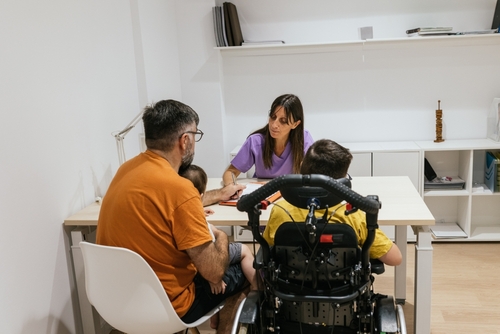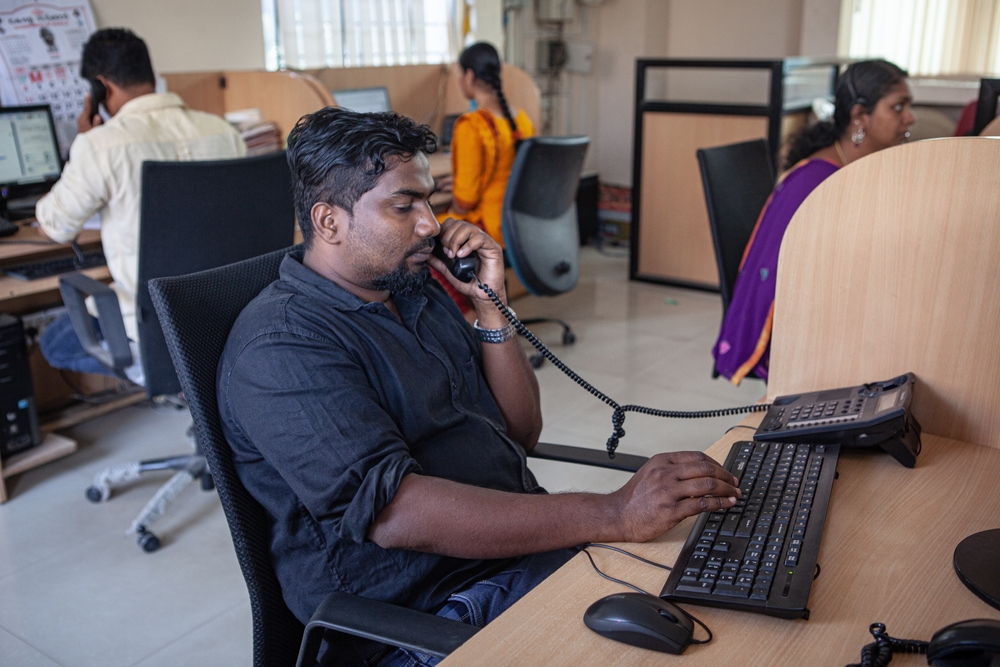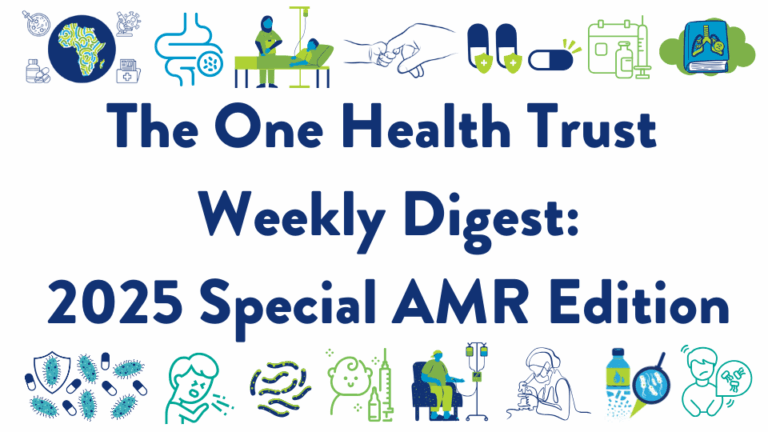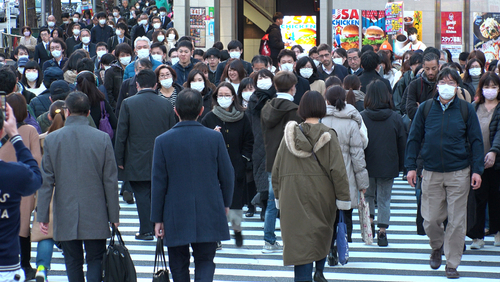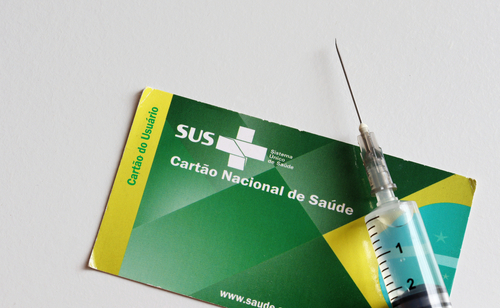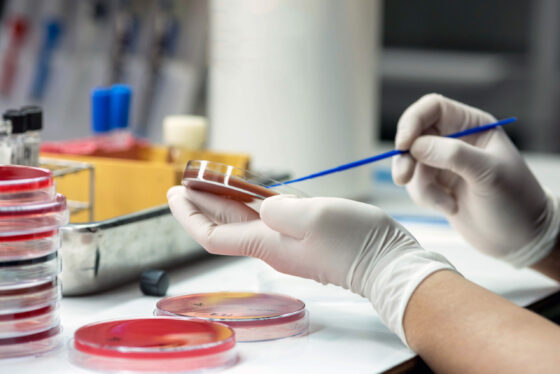September 25, 2018
WHO publishes Nepal case study on mobilizing resources for AMR. A Nepal case study on implementing country-level actions for antimicrobial resistance (AMR), written by CDDEP’s Jyoti Joshi, has been published on the World Health Organization’s AMR website, alongside case studies from Ghana and Nigeria. The report, entitled Resource Mobilisation for AMR: Getting AMR into plans and budgets of government and development partners, consists of an analysis of Nepal’s AMR national action plan with input from over twenty stakeholders working in the field of AMR. Included are AMR-specific actions (done primarily because of the need to address AMR) and AMR-sensitive actions. The latter include infection prevention and control, and investing in water, sanitation and hygiene, which may be carried out for a variety of reasons but may be important and cost-effective ways to address AMR. [WHO]
Drug resistance high for pathogens that cause bloodstream infections in China. Between 2014 and 2016, Escherichia coli, Staphylococcus aureus, and Klebsiella pneumoniae were the most common pathogens responsible for nosocomial bloodstream infections in China. Drug resistance for these bacteria was high: for E. coli isolates, resistance rates to ampicillin (AMP), piperacillin (PIP), and four other antibiotics were greater than 50 percent; more than 50 percent of S. aureus isolates were resistant to penicillin (PEN), erythromycin (ERY), and two other antibiotics; K. pneumoniae isolates were naturally resistant to AMP, and resistance rates to all other antibiotics except for PIP were also greater than 50 percent. The frequencies of methicillin-resistant S. aureus, extended-spectrum β-lactamase-positive E. coli and K. pneumoniae were 30 to 40 percent, 20 to 30 percent, and 10 to 20 percent, respectively. The frequency of carbapenem-resistance in E. coli was below 0.5% and 1 to 10% for K. pneumoniae isolates. [BMC Public Health]
Diabetes and cardiovascular disease doubled in India between 1990 and 2016. The number of people with diabetes in India increased from 26 million in 1990 to 65 million in 2016, and during the same period, cardiovascular disease and deaths increased 15.2% and 6.9%, respectively. Overall, ischemic heart disease and stroke were the most common cardiovascular diseases. In 2016, diabetes was most prevalent in Tamil Nadu, Kerala, and Delhi while rates of cardiovascular disease were highest in Kerala, Punjab, and Tamil Nadu. [Lancet Global Health Diabetes, Lancet Global Health Cardiovascular Disease]
Living near hog farms may negatively impact human health. North Carolina residents living in or near communities with multiple concentrated animal feeding operations (CAFOs) experience higher rates of all-cause mortality, infant mortality, and mortality from anemia, kidney disease, tuberculosis, and septicemia compared to residents living far from CAFOs, according to researchers at Duke University. Higher rates of emergency department visits and higher incidence of infants born at low birth weights were also associated with closer proximities to CAFOs. This is concerning given that approximately 650,000 North Carolinians live within three miles of a CAFO, according to a separate analysis conducted by the non-profit organization Environmental Working Group.[North Carolina Medical Journal, EcoWatch, Environmental Working Group]
FDA announces new plan to promote drug development for resistant bacteria. The U.S. Food and Drug Administration (FDA) has launched the 2019 Strategic Approach for Combating Antimicrobial Resistance (AMR). This includes a proposal to allow hospitals to pay a flat rate for access to a certain number of antibiotics rather than buying drugs individually or in bulk. This “subscription-based” plan would create a steady stream of demand and funding for pharmaceutical companies who, in turn, would be incentivized to develop more effective antibiotics. The FDA also launched a new webpage that will allow stakeholders to stay informed of the agency’s work on AMR. [FDA, FDA AMR Webpage, Healio]
FDA adds four tropical diseases to priority review voucher program. Researchers and drug companies developing products intended to treat or prevent lassa fever, chikungunya, rabies, and cryptococcal meningitis will now qualify for a Tropical Disease Priority Review Voucher (PRV), the U.S. Food and Drug Administration announced. The move is intended to stimulate the development of drugs and biologics to treat and prevent infectious diseases that disproportionately impact poor and marginalized populations in developing countries. [FDA Brief, Tropical Disease PRV Webpage, ContagionLive]
Amid resurgence of measles in Italy, lower public health expenditures associated with reduced vaccination coverage. For every one percent decrease in per capita health expenditure, there was a .5 percent reduction in measles, mumps, and rubella (MMR) vaccination coverage in Italy, where a resurgence of measles began in 2015. In Lazio and Piemonte, where Italy’s largest measles outbreaks have occurred, a 5 percent decrease in real per capita public health expenditure was associated with a 2.5 percent and 3 percent drop in MMR coverage, respectively. In contrast, vaccination rates did not change or increase in regions where no reduction in health expenditure occurred. [European Journal of Public Health]
The arguments for and against raising antibiotic prices. Instead of accepting government incentives to develop new antibiotics, could companies just raise prices? In a Wired magazine article, journalist Maryn McKenna reports on ethical, market-based, and scientific justifications for and against raising antibiotic prices. McKenna’s case study is Nostrum Laboratories, which recently quadrupled the price of its liquid nitrofurantoin, a generic treatment for urinary tract infections that was invented 65 years ago. Two medical societies denounced the price increase as opportunistic and FDA director Scott Gottlieb used the term ‘price gouging’, while Nostrum’s CEO has called it “a moral requirement to make money when you can.” Other defenders of increasing prices point out that makers of antibiotics should be compensated robustly for saving lives, since people are willing to pay thousands of dollars for cancer drugs or nonessential surgeries. [Wired]
International cooperation and laboratory capacity-building enabled swift Nipah response. Just six months before the 2018 Nipah virus outbreak in Kerala, India, training with the US Centers for Disease Control and Prevention, under the auspices of the Global Health Security Agenda, laid the groundwork for India’s Manipal Centre for Virus Research (MCVR) and National Institute of Virology (NIV) to test patient specimens for numerous dangerous viruses. The Indian laboratorians were trained in next-generation sequencing methods and received reagents that enabled them to diagnose Nipah virus and identify the exact strain, leading to appropriate infection control recommendations and the implementation of public health disease containment measures. [CDC]
Six deaths from antibiotic resistant Klebsiella pneumoniae in Johannesburg neonatal hospital ward. Four days after South African Health Minister Aaron Motsoaledi announced that a government hospital in East Johannesburg was unsafe for babies due to an outbreak of drug resistant K. pneumoniae infections, inspectors found its neonatal ward still had 52 inpatients. Hospital administrators had reversed the decision to transfer the babies to other hospitals. A Human Rights Commissioner has threatened criminal charges against the overcrowded, understaffed hospital. Six infants have died so far from the infections. [TimesLive, MedicalXPress, National Center for Communicable Diseases]
Genetic mutation that makes TB resistant to rifampicin also weakens human immune response. Washington University School of Medicine researchers identified a single nucleotide mutation in the genetic code of Mycobacterium tuberculosis (Mtb) that makes the bacterium resistant to rifampicin. Moreover, the researchers found that the altered (rifampicin-resistant) Mtb elicits a weaker immune response than rifampin-susceptible Mtb, making it more likely to survive in the human body and cause lasting infection. The mechanism by which this is accomplished is described by the authors in Nature Microbiology. [Nature Microbiology, Science Daily].
Disease burden from TB is falling globally but remains high. While the overall disease burden caused by tuberculosis disease (TB) is falling globally, it is not falling fast enough to meet the 2020 targets of the End TB Strategy. To meet these targets, the TB incidence rate needs to fall at 4-5 percent per year, and currently it is only falling at 2 percent annually. In addition, the proportion of people with TB who die from the disease would need to be 10 percent, and in 2017 this was still 16 percent. Furthermore, drug resistant TB continues to rise; in 2017, approximately 3.5 percent of new cases and 18 percent of previously treated cases were resistant to rifampicin, the most effective first-line treatment, or were resistant to multiple drugs. The majority of resistant TB cases were in countries of the former Soviet Union. [WHO Global TB Report, UN News]
Fearing MERS, CDC responds to post-hajj alert of ill passengers en route to JFK. On September 5, an airplane flying almost 550 people from Dubai to New York was met by officials from the Division of Global Migration and Quarantine (DGMQ), who had been alerted that up to a hundred passengers had suddenly become ill and developed high fevers as the plane approached its destination. The DGMQ is part of the US Centers for Disease Control and Prevention (CDC), and is the safety screen designed to halt the movement of dangerous pathogens into the US when they have emerged en route. The CDC response team feared Middle East Respiratory Syndrome could be the culprit; however, only 19 people were found to be sick with seasonal influenza. [Stat News, The Atlantic]
Image Credit: Veronica Toffolutti, et al; European Journal of Public Health, (CC-BY license)

